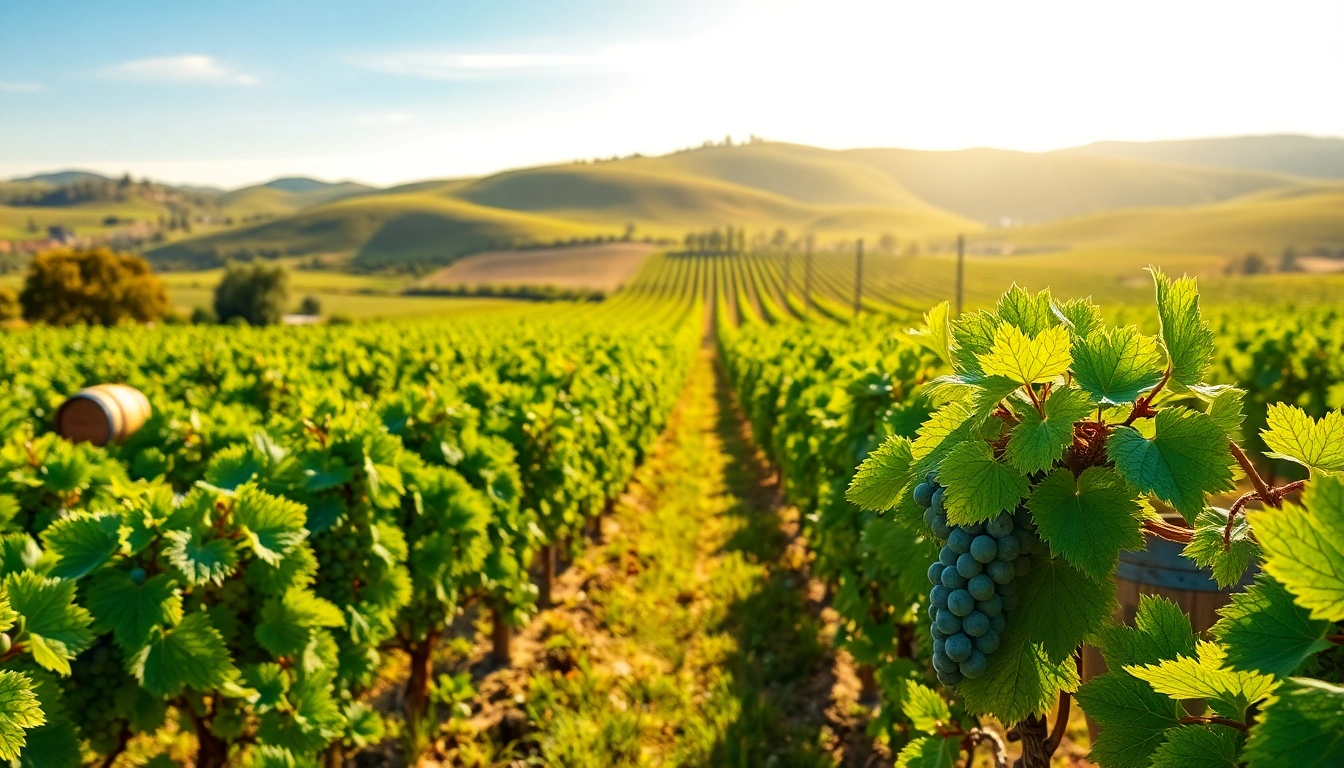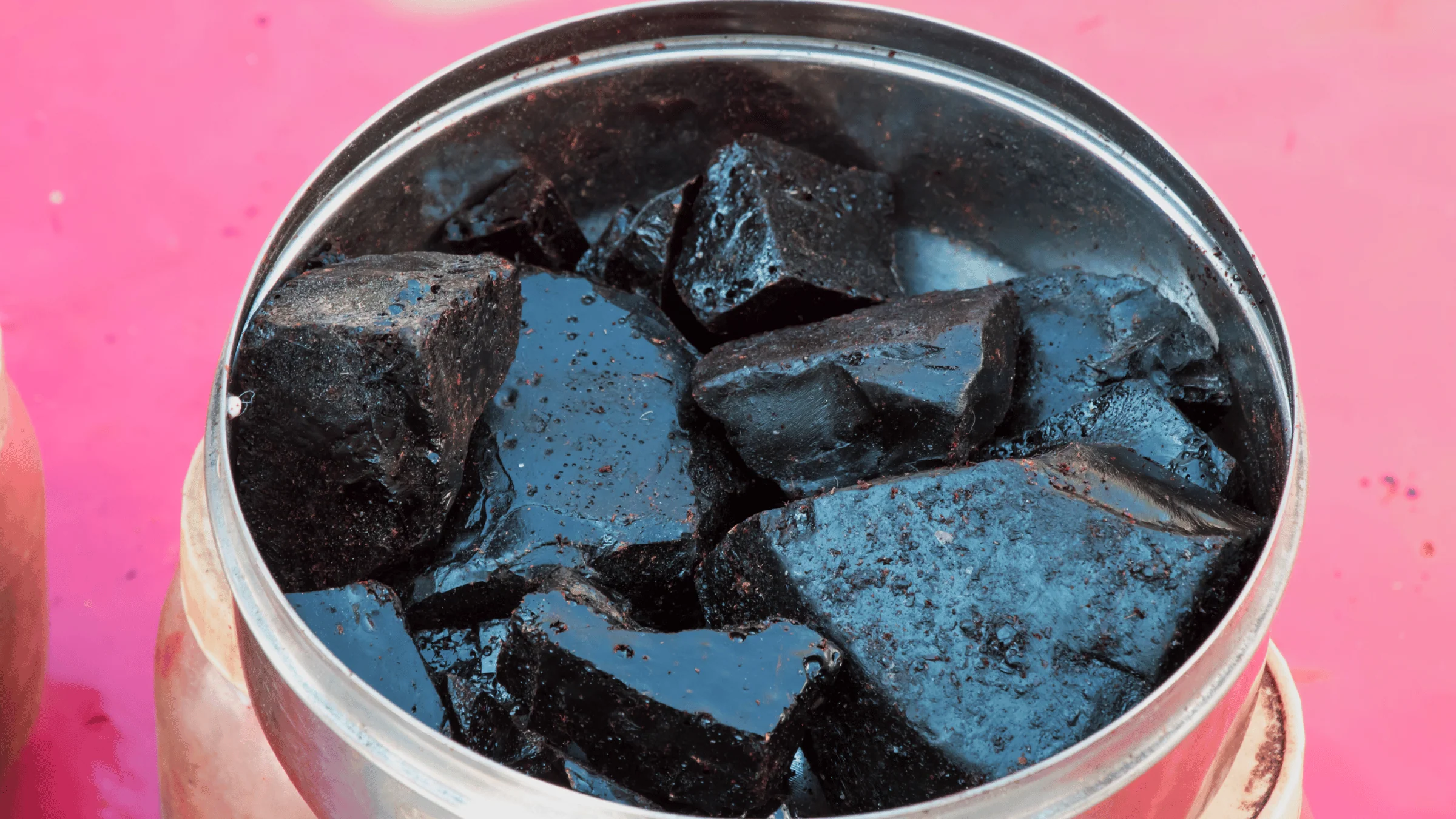Introduction to Sacramento Wineries
Nestled in the heart of California’s agricultural land, Sacramento is a hidden gem for wine enthusiasts globally. Known for its vibrant wine culture, Sacramento Wineries offer not only exquisite tastings but also an immersive experience into the region’s rich viticultural heritage. With a landscape that blends rolling hills, lush vineyards, and a dynamic urban environment, Sacramento has emerged as a hub for wine lovers seeking quality, variety, and cultural insights.
What Makes Sacramento Wineries Unique?
Sacramento’s wineries stand out due to their unique combination of proximity to fertile agricultural lands and a commitment to sustainable practices. While other wine regions boast their terroirs and varietals, Sacramento emphasizes its “farm-to-fork” ethos, making it a vital player in California’s broader wine narrative. Here, you can find a variety of wines that reflect the region’s diverse climate, soil types, and innovative winemaking techniques. The emphasis on local ingredients does not just extend to wines; it also encompasses food pairings that showcase the best the region has to offer.
History of Wine Production in Sacramento
The history of wine production in Sacramento traces back to the mid-19th century when the Gold Rush attracted settlers, some of whom recognized the region’s potential for viticulture. It flourished during the 1880s, establishing numerous small vineyards and wineries. However, following a decline due to Prohibition and changing agricultural practices, the modern resurgence began in the late 20th century.
Today, Sacramento Wineries blend traditional methods with modern innovations, creating a vibrant wine scene that reflects both the past and future of regional winemaking. The continuous effort to preserve local wine heritage is evident in the crafts made and the stories shared by the winemakers, profoundly enriching the visitor experience.
Overview of Wine Varietals Produced
Sacramento’s wineries produce various wine varietals that attract an array of palates. The region’s climate suits both red and white varieties, with notable productions of Cabernet Sauvignon, Zinfandel, Chardonnay, and Sauvignon Blanc. Each varietal reflects the unique terroir and growing conditions, providing an authentic taste of Sacramento in every bottle.
With the implementation of sustainable farming practices and organic cultivation techniques, many wineries are continually exploring new blends and varietals, offering both traditional and innovative wines to suit all preferences.
Planning Your Visit to Sacramento Wineries
Best Times to Visit Sacramento Wineries
The ideal time to visit Sacramento Wineries often aligns with the harvest season, typically spanning from late summer to early fall. This period allows visitors the opportunity to experience vibrant vineyard activities, including grape picking and wine processing. While the harvest draws many, the warmer months also present an excellent time for outdoor tastings and events, with pleasant weather inviting guests to linger.
Spring and late summer also offer unique experiences, with blossoming vines and vineyard tours that highlight pre-harvest grape development. Each season in Sacramento brings its own charm, so visitors can choose based on their preferred activities and wine experiences.
Transportation Options for Winery Tours
Getting around Sacramento’s wine country can be an adventure in itself. For those keen on experiencing multiple wineries, several transportation options are available. Private tours offer personal guidance through the vineyards while taxi services and ridesharing apps provide convenient access to various locations.
Additionally, many wineries offer shuttle services, which can enhance your safety and enjoyment. Cycling enthusiasts will have a memorable experience cycling through the picturesque vineyard landscapes, while others may enjoy organized bus tours tailored for wine lovers.
Essential Tips for Wine Tastings
Experiencing a winery is more than just enjoying a glass of wine; it’s about understanding the art of winemaking. Here are some essential tips for making the most of your wine tasting visits:
- Start with a Clean Palate: Avoid strong flavors before your tasting to appreciate the wine’s nuanced profiles.
- Ask Questions: Interact with the staff; they have valuable insights and passion for their wines.
- Take Notes: Keep track of your favorites for future reference. Consider what you like or dislike about each wine.
- Pair Wisely: Enjoy wines with local cheese, chocolates, or charcuterie to enhance flavors.
- Stay Hydrated: Drink water between tastings to cleanse your palate and stay refreshed.
Exploring the Surrounding Regions
Nearby Attractions and Landmarks
While in the Sacramento region, consider exploring nearby attractions that further enrich your visit. The historical Old Sacramento district offers a peek into the Gold Rush era with its wooden sidewalks and preserved buildings. Educational museums, such as the California State Railroad Museum, can enhance your cultural understanding while providing a unique perspective on the area’s history.
Natural landscapes, such as the American River Parkway, present opportunities for hiking, biking, and kayaking, making it easy to blend outdoor adventures with wine tasting. Scheduling a winery visit alongside a day spent enjoying these attractions creates a well-rounded experience.
Dining Options Close to Sacramento Wineries
The culinary scene surrounding Sacramento wineries is as vibrant as the wines themselves. Numerous farm-to-table restaurants offer seasonal menus highlighting local produce and wine pairings. Enjoying meals at these restaurants presents a unique opportunity to taste the collaborative nature of Sacramento’s food and wine culture.
Many wineries also provide dining options, from gourmet picnics overlooking vineyards to formal dining experiences that showcase wine pairing with multi-course meals, enhancing the overall tasting journey.
Combining Outdoor Activities with Wine Tasting
The beautiful landscapes surrounding Sacramento provide ample opportunities for combining outdoor activities with wine tasting experiences. Explore local hiking trails that wind through vineyards, or take leisurely walks alongside the American River. Many wineries offer tours that incorporate outdoor elements, making it easy to appreciate the stunning surroundings.
Consider embarking on bicycle tours that connect several wineries along designated bike paths, offering a unique blend of activity and relaxation through wine country.
Events and Activities at Sacramento Wineries
Seasonal Wine Festivals and Events
Throughout the year, Sacramento wineries host an array of seasonal festivals and events that celebrate their craft. From harvest festivals to winemaker dinners, these events provide an opportunity to immerse yourself in the local wine culture while enjoying live music, gourmet food, and engagement with passionate winemakers.
Events such as “Taste of the Valley” allow visitors to sample a variety of local wines while enjoying culinary delights from surrounding restaurants, creating an unforgettable sensory experience.
Educational Wine Tours and Workshops
Many wineries in Sacramento offer educational tours and workshops designed to educate visitors about the intricacies of winemaking. These experiences often include vineyard walks, insights into organic farming practices, and tastings that focus on the sensory aspects of wine.
In-depth classes on topics such as food pairing, wine blending, and sensory evaluation elevate your understanding and appreciation of the craft. Participating in these educational sessions can deepen your connection to the wines you enjoy.
Exclusive Tasting Experiences to Consider
For those looking to elevate their wine tasting experience, exclusive tasting events in Sacramento wineries provide personalized opportunities. Many wineries offer premium tastings that can be booked in advance, allowing guests to sample small-batch wines that are not available to the general public.
Interactive experiences, such as blending your own wine or guided vertical tastings, allow for a hands-on approach to understanding the complexity of wines and an opportunity to connect with winemakers directly.
The Future of Sacramento Wineries
Challenges Facing the Wine Industry
As the wine industry evolves, Sacramento wineries, like many others globally, face challenges that impact production and growth. Issues such as climate change, market fluctuations, and shifts in consumer preferences can present difficulties for winemakers. Adapting to these changes is crucial for sustainability.
Efforts are being made within the industry to innovate while preserving tradition, alongside ongoing conversations surrounding biodiversity and eco-friendly practices that help ensure a stable future.
Sustainability Practices in Sacramento Wineries
The push for sustainability has become paramount in Sacramento’s wine culture. Many wineries are prioritizing organic farming methods, reducing chemical usage, and promoting biodiversity within vineyards. Water conservation, soil health, and renewable energy use are increasingly common practices, reflecting a commitment to ensuring the long-term viability of winemaking in the region.
Visitors often appreciate the transparency wineries offer regarding their sustainable practices, providing an opportunity to engage more deeply with the wines they consume. Sustainable practices can also enhance the quality of the wine produced, contributing to a more authentic tasting experience.
Innovations in Winemaking and Consumer Trends
Innovation is at the forefront of the wine industry as consumers seek unique experiences and sustainable choices. New varietals, wine styles, and production methods are being introduced to match shifting tastes and preferences. Sacramento wineries are often leading the charge, experimenting with techniques such as carbonic maceration, natural fermentation, and minimal intervention winemaking.
Moreover, the rise of interest in organic and biodynamic wines, along with the popularity of experience-driven wine events, showcases the evolving landscape. Wineries that adapt to these advancements while staying true to their roots are likely to thrive in the ever-changing wine market.





Leave a Reply